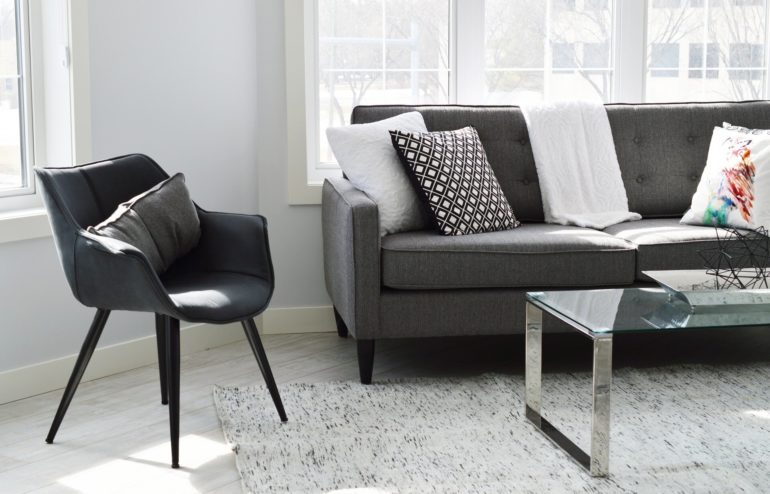Sensors are part of modern-day technology. From contactless payment to key fobs, credit card chips to smart devices, near-field communication (NFC) allows for humans to communicate with objects.
But what if we could use this technology so that everyday objects, like a pillow or a shoe, could sense and interact with us?
Researchers from Carnegie Mellon University’s Laboratory for Emerging Wireless Technologies (WiTech) have developed fabric-friendly NFC antennas that can be woven into everyday surfaces for building smart environments. Known as TextileSense, this system can track everyday objects made of conductive materials, like a human hand.
“We achieved this by using multiple flexible NFC coil antennas embedded in ordinary and irregularly shaped surfaces, like furniture and carpets, that we interact with in smart environments,” said Swarun Kumar, assistant professor of electrical and computer engineering.
Imagine being able to control the television volume by waving your hand over a couch cushion, or turning lights on and off by touching a specific part of a pillow. The team designed and fabricated specialized textile coils that can be woven into the fabric of the furniture and easily hidden by acrylic paint. By developing a near-field blind beamforming system to efficiently detect surrounding objects, these coils can sense the position of an object, like determining if a human is sitting on the couch or lying down.
“It was a fun collaboration between material scientists who helped us with the textile-friendly antenna fabrication and a combination of wireless system development and signal processing,” said Kumar.
TextileSense opens new applications in device tracking and human body posture sensing. Using a data-driven approach to infer the locations of the objects, an experimental evaluation of TextileSense shows an average accuracy of 3.5 cm in tracking the location of objects of interest within a few tens of centimeters of the furniture.
“Our goal is to integrate these sensors in our everyday lives,” Kumar said. “Which will contribute to an overall smart environment.”
Smart tablecloth can find fruit and help with watering the plants
More information:
Jingxian Wang et al, Locating Everyday Objects using NFC Textiles, Proceedings of the 20th International Conference on Information Processing in Sensor Networks (co-located with CPS-IoT Week 2021) (2021). DOI: 10.1145/3412382.3458254
Provided by
Carnegie Mellon University
Citation:
Researchers develop fabric-friendly sensors (2021, July 13)
retrieved 13 July 2021
from https://techxplore.com/news/2021-07-fabric-friendly-sensors.html
This document is subject to copyright. Apart from any fair dealing for the purpose of private study or research, no
part may be reproduced without the written permission. The content is provided for information purposes only.


